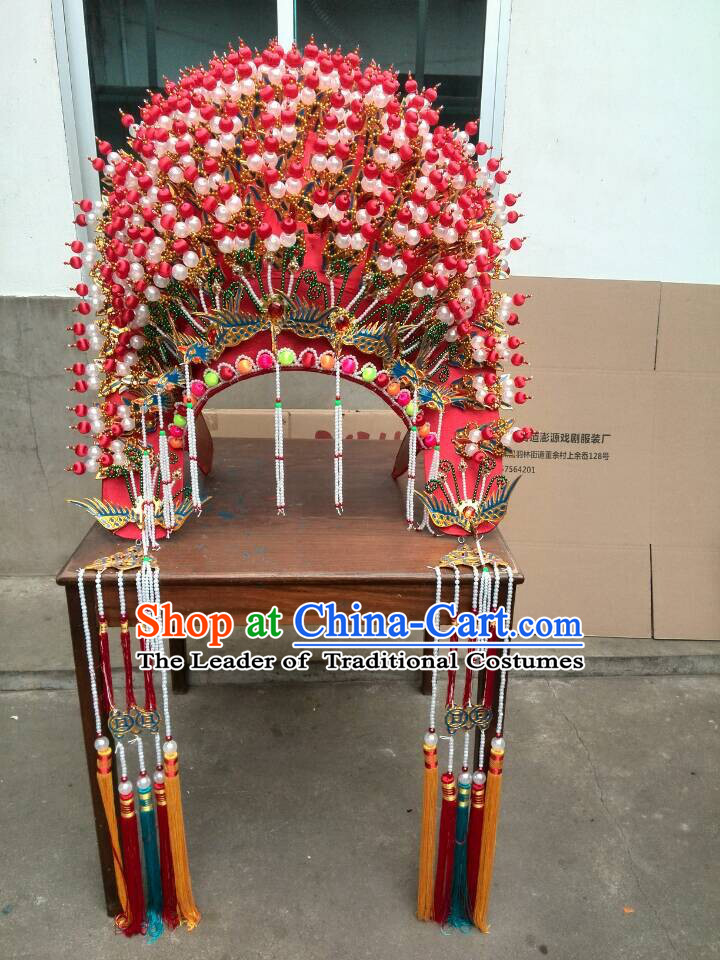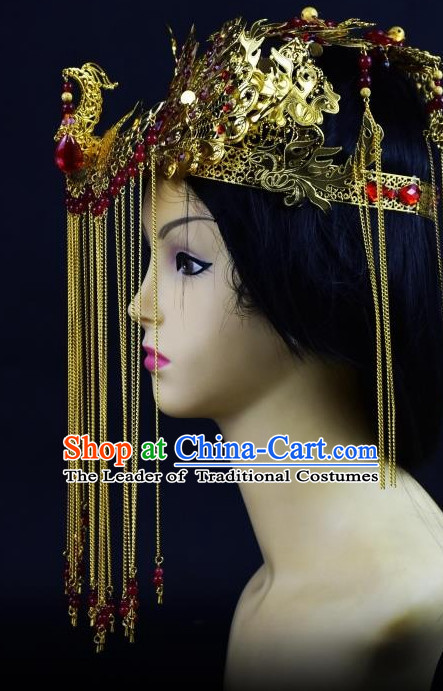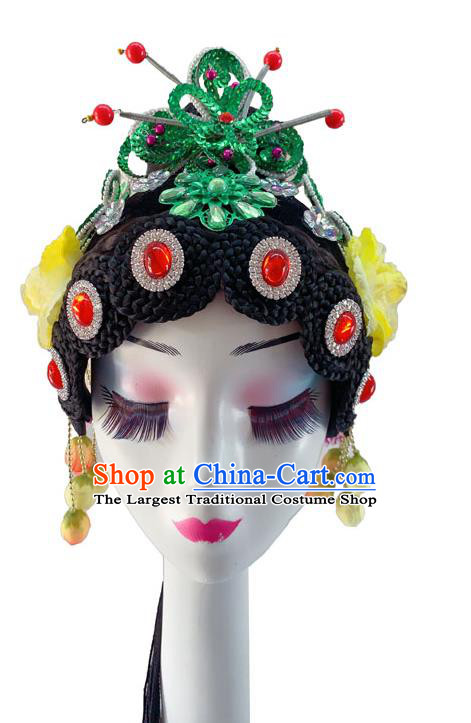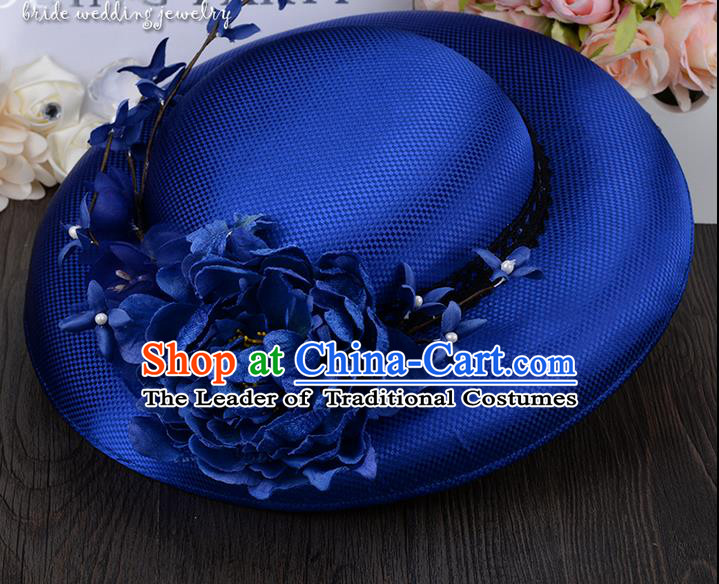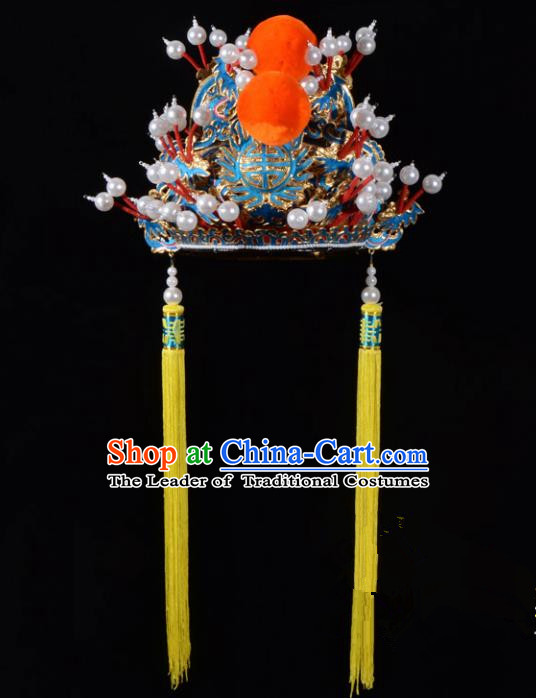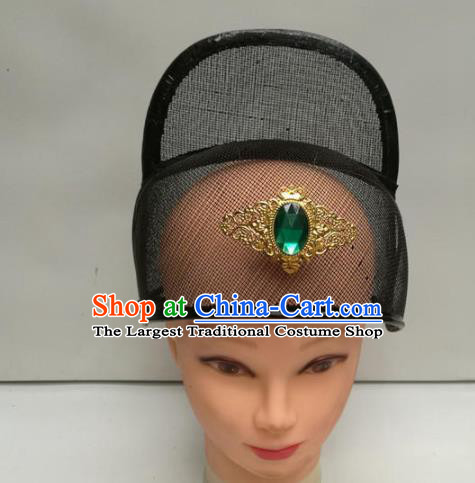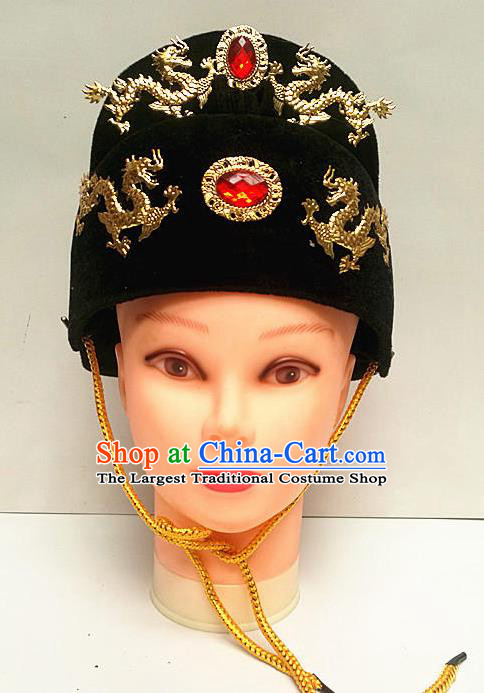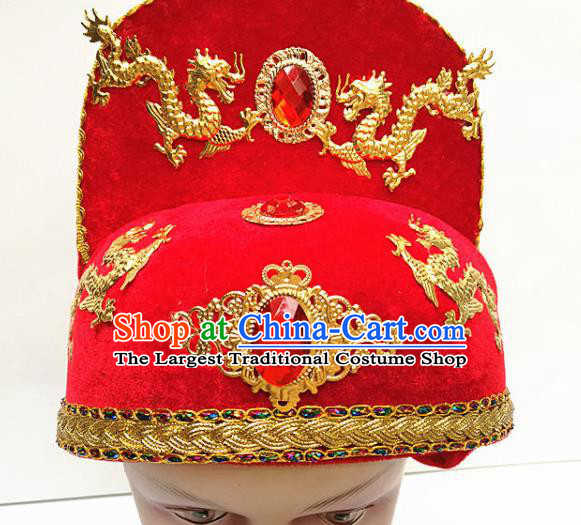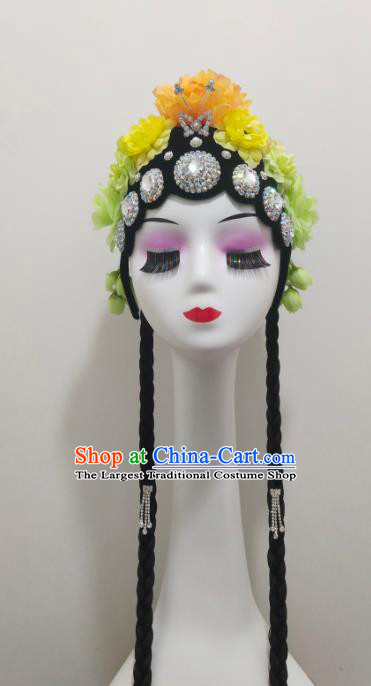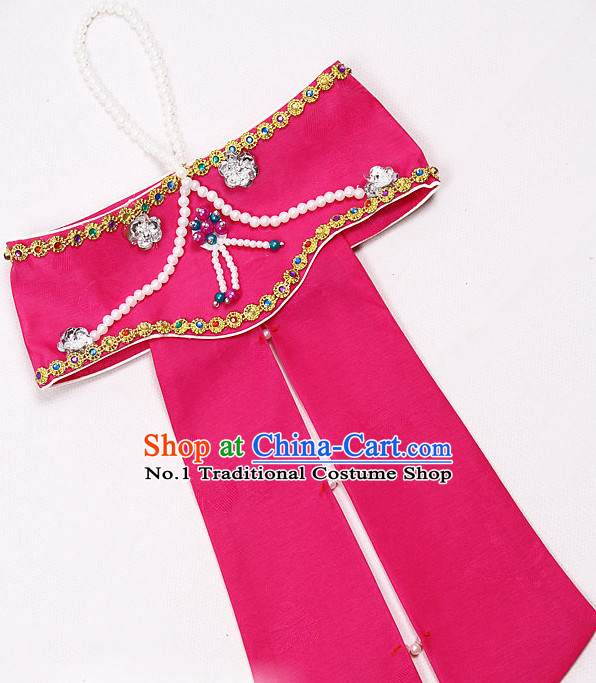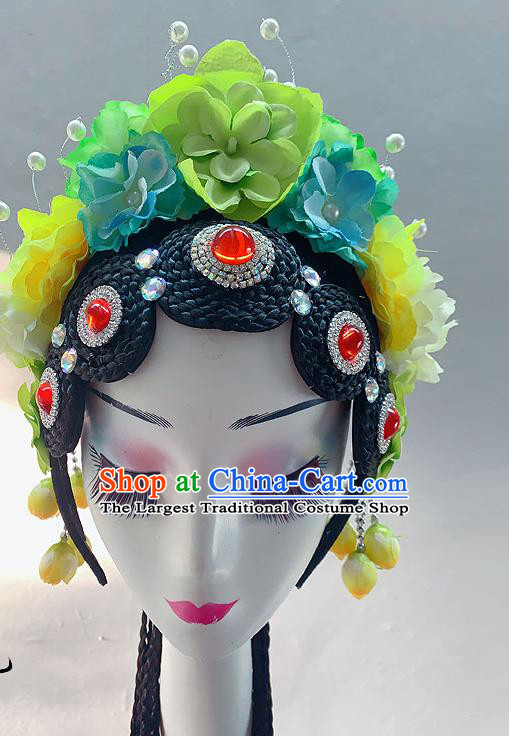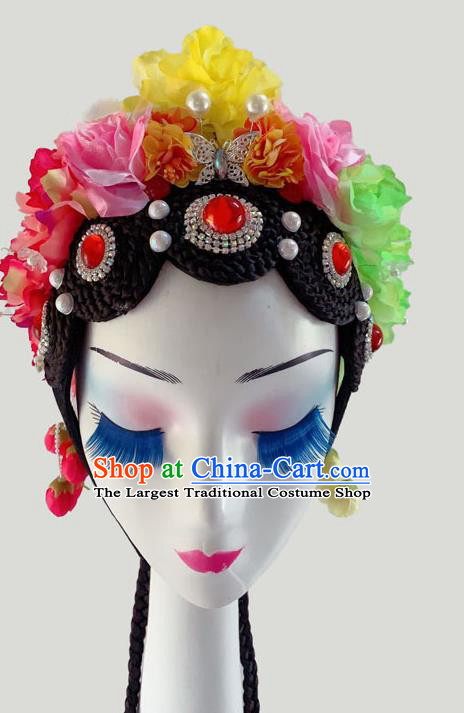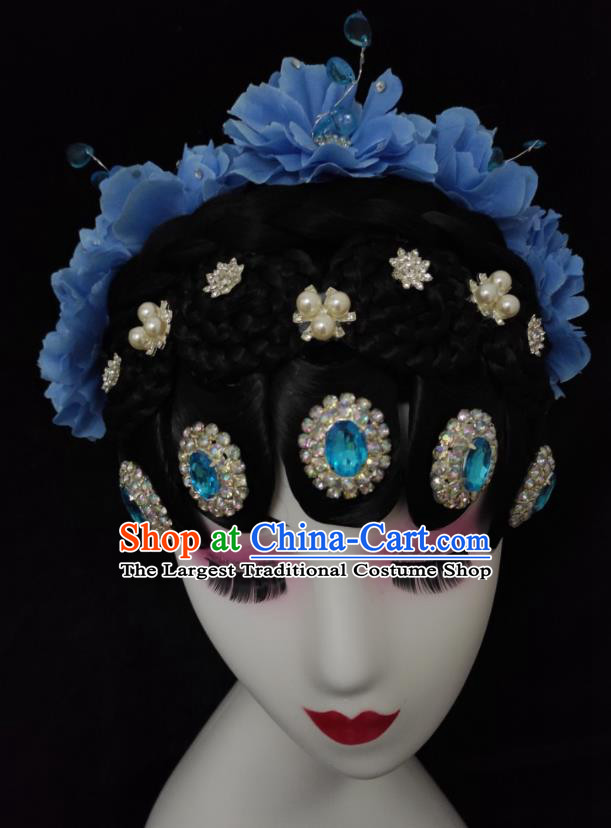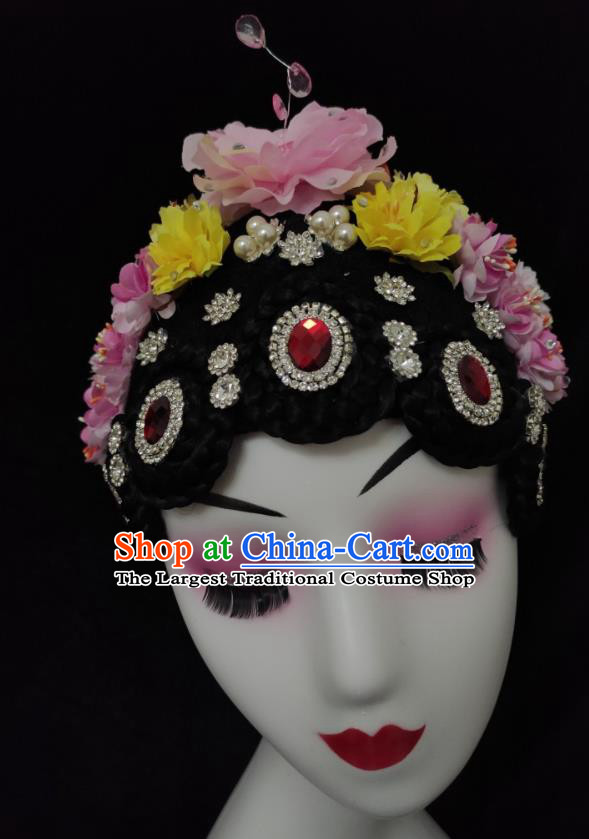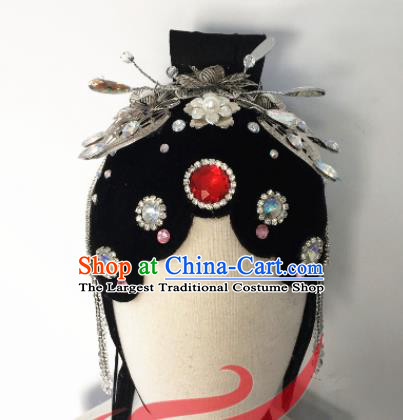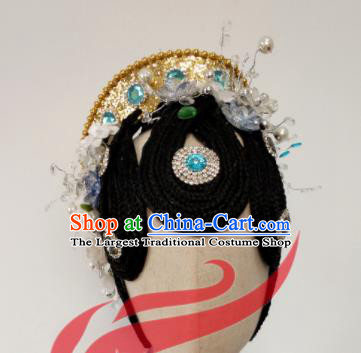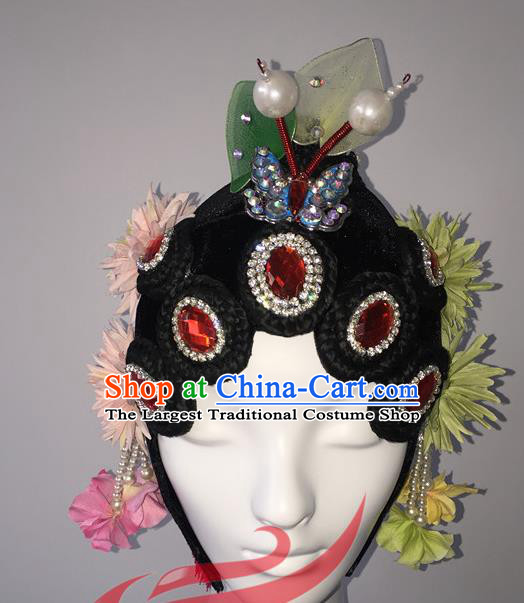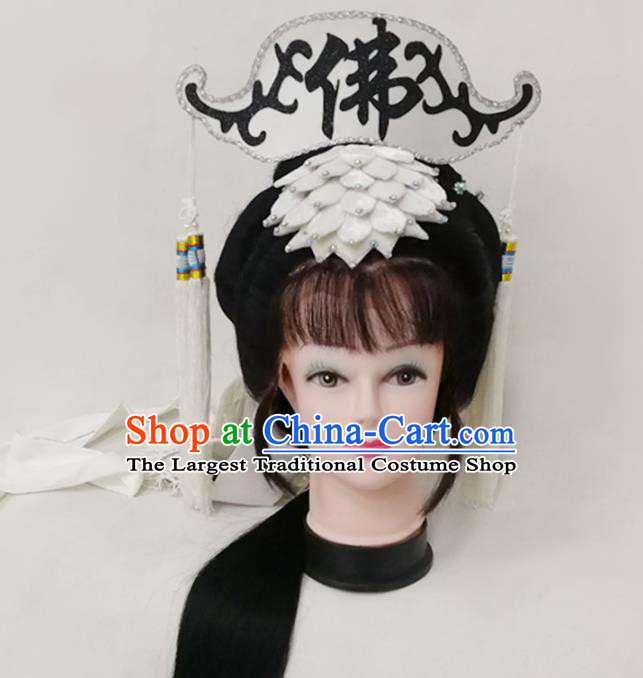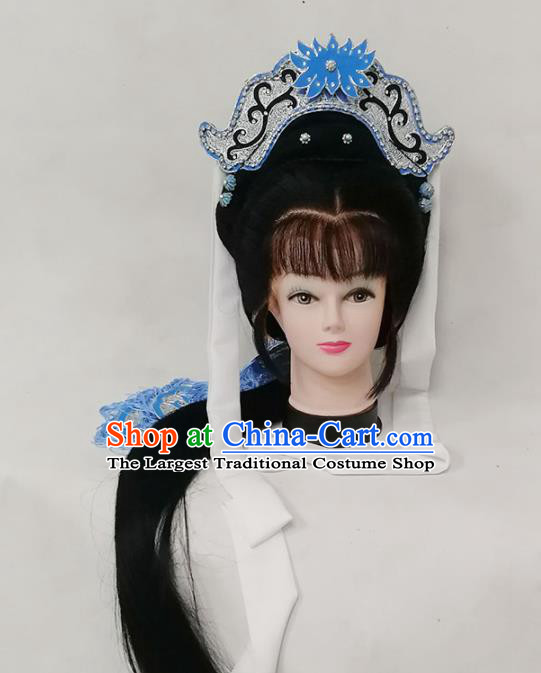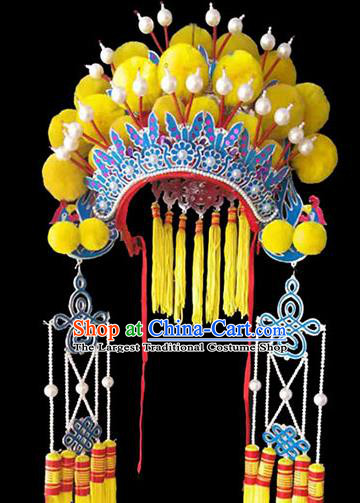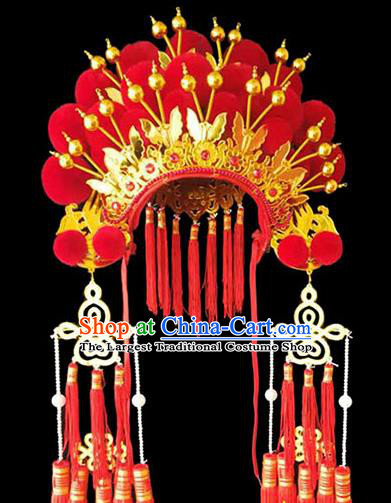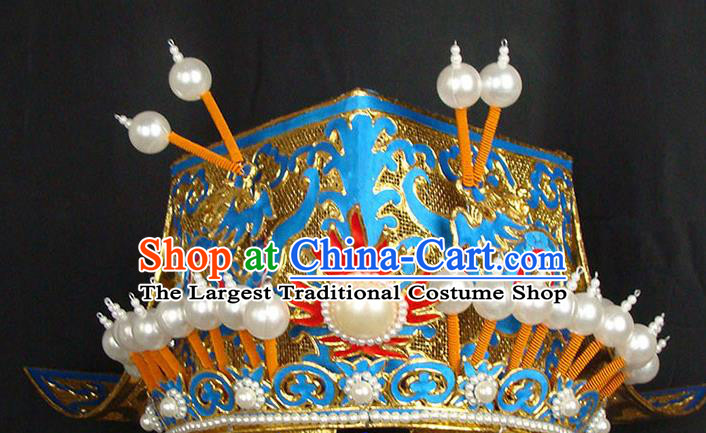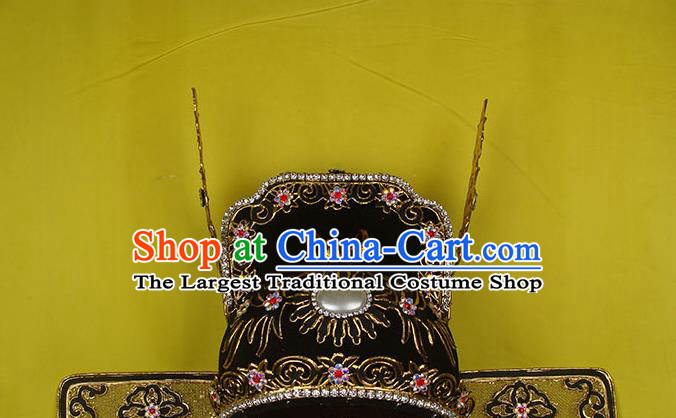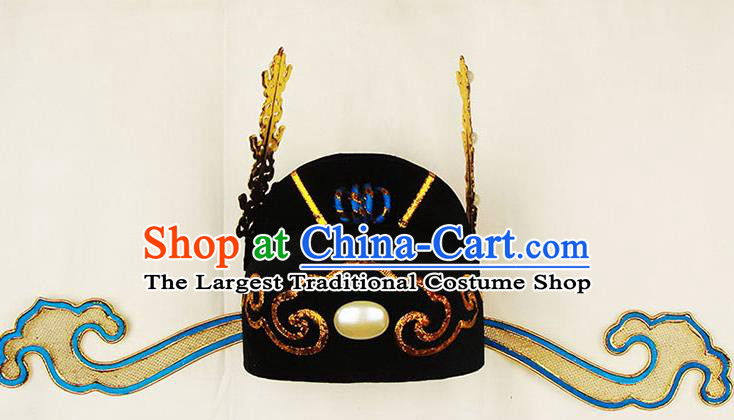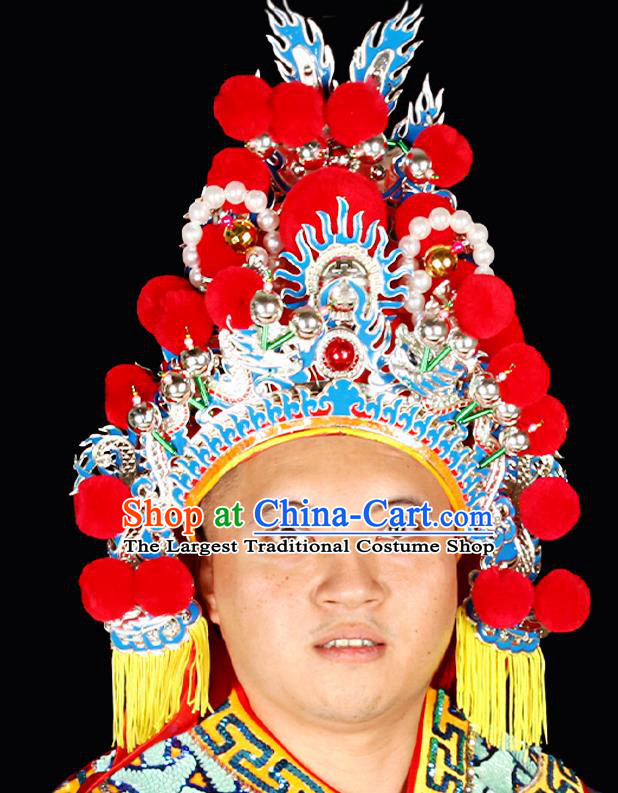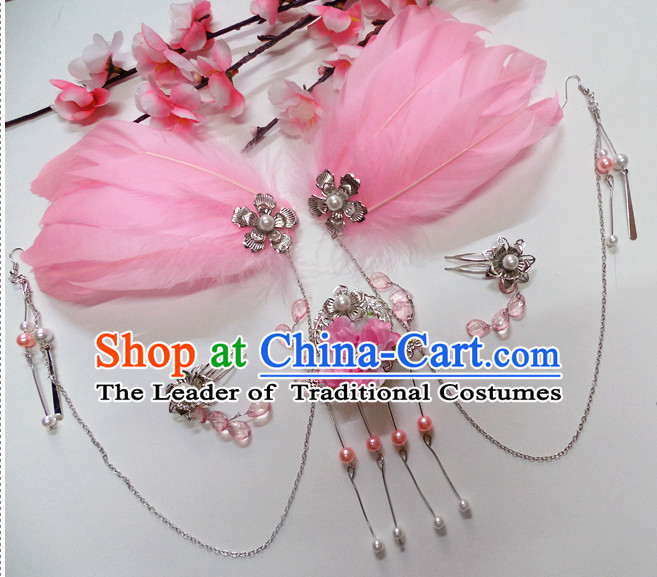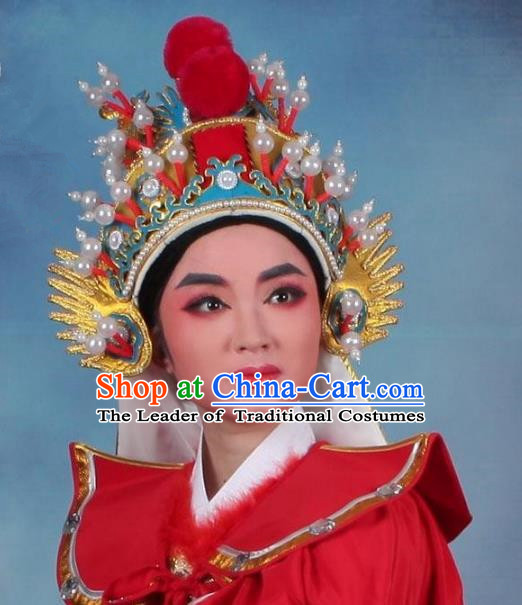
Click Related Pictures for More Audios:
Traditional Chinese opera costumes, including headwear, hair accessories, and clothing, are an important part of Chinese culture.
These elements represent historical, artistic, and aesthetic values and reflect the lifestyle and values of ancient Chinese society.
In opera, headwear is usually made of silk and has unique designs and decorations.
They can come in different shapes, sizes, and colors to suit the needs of different characters.
For example, male characters' headwear may be simpler and more formal, while female characters' headwear may be more ornate and complex.
Hair accessories are also an essential part of opera costumes, ranging from simple hairbands to intricate hairstyles.
The design and style of hair accessories depend on the character's gender and status.
For instance, the emperor's hair accessories may be very ornate, while those of ordinary people may be relatively simple.
Regarding clothing, traditional Chinese opera costumes are typically made of silk, which is lightweight and easy to move in.
They can have various patterns and colors to reflect the character's personality and background.
For example, red often symbolizes courage and strength, while blue represents wisdom and calmness.
Apart from these specific elements, traditional Chinese opera costumes also reflect the artistic and aesthetic concepts of ancient Chinese society.
They showcase a pursuit of symmetry, balance, and harmony as well as meticulous attention to color, patterns, and details.
These costumes not only provide visual enjoyment for the audience but also convey a sense of cultural identity and social cohesion.
In conclusion, traditional Chinese opera costumes are a richly historic art form that reflects the lifestyle, values, and aesthetics of ancient Chinese society through their unique designs, materials, and techniques.








